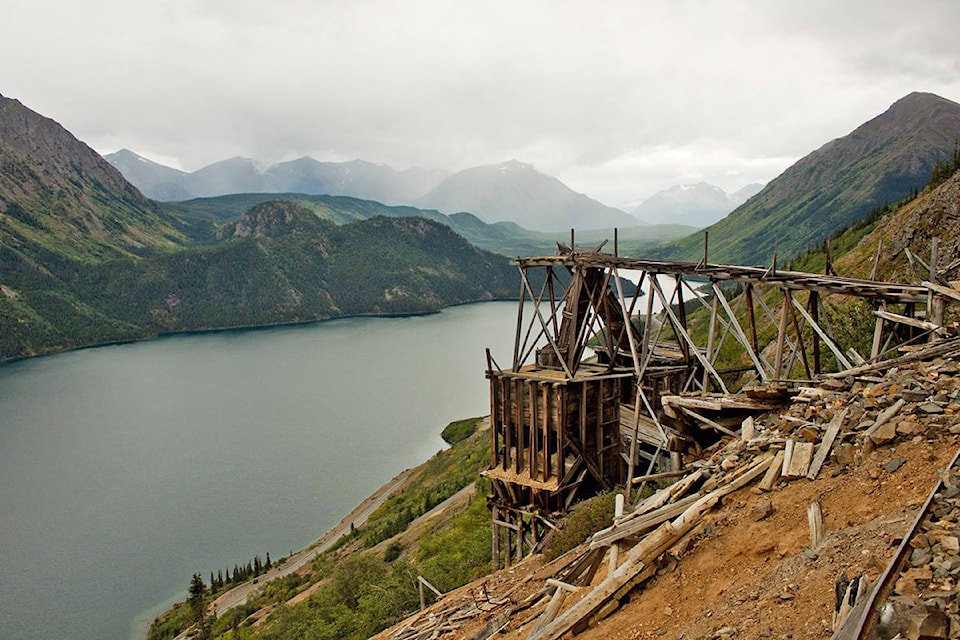An order-in-council prohibiting future staking at the now-defunct Venus mine tailing site 22 kilometres south of Carcross was issued Aug. 24 by the Yukon government.
“The purpose of this order is to prohibit entry to the Venus mine tailing site for the purpose of maintaining the integrity of the remediated Venus mine,” the OIC reads.
Exploration, staking and mining were active at the Venus mine from 1901 to the 1980s. Gold and silver were the primary products, along with cadmium, lead and zinc. The site was remediated by the federal government in 1995 as it “presented considerable health and safety risks,” to the public according to the federal government’s 2008-2009 northern contaminated sites performance report.
According this report, claims in the area expired in the mid-1990s. However, according to the Yukon Department of Energy, Mines and Resources there is still one active placer mining claim. The claim, opened in 1997 is owned by Brian Scott. It is set to expire Sept. 4.
Scott also owns an adjacent quartz mining claim. It was filed July 2006 and is set to expire July 12, 2018.
“Depending on the miner, on how he moves forward… if he choses to let the claim expire then no one else can choose to stake that area (in the future),” said Sue Thomas, a spokesperson for the Department of Energy, Mines and Resources.
Thomas said even if the claims were renewed, that doesn’t necessarily mean they could be mined. They would have to go through the planning and approval process before anything happened. Given that the area is a remediated site, any mining approval in that area would likely come with a security, to ensure the integrity of the remediated area remained intact, she said.
The federal government is still monitoring the Venus mine. The remediation work there has an expected life of 150 years, Thomas said.
Lewis Rifkind, mining analyst for the Yukon Conservation Society, said the site “has been closed for ages,” partly because it is “heavily contaminated” with arsenic. Preventing further staking in the area stops the potential for the site to be disturbed, which might cause contaminants to escape the remediated area.
“Sometimes, what’s best for these sites is to just not disturb them,” Rifkind said.
Contact Lori Garrison at lori.garrison@yukon-news.com
